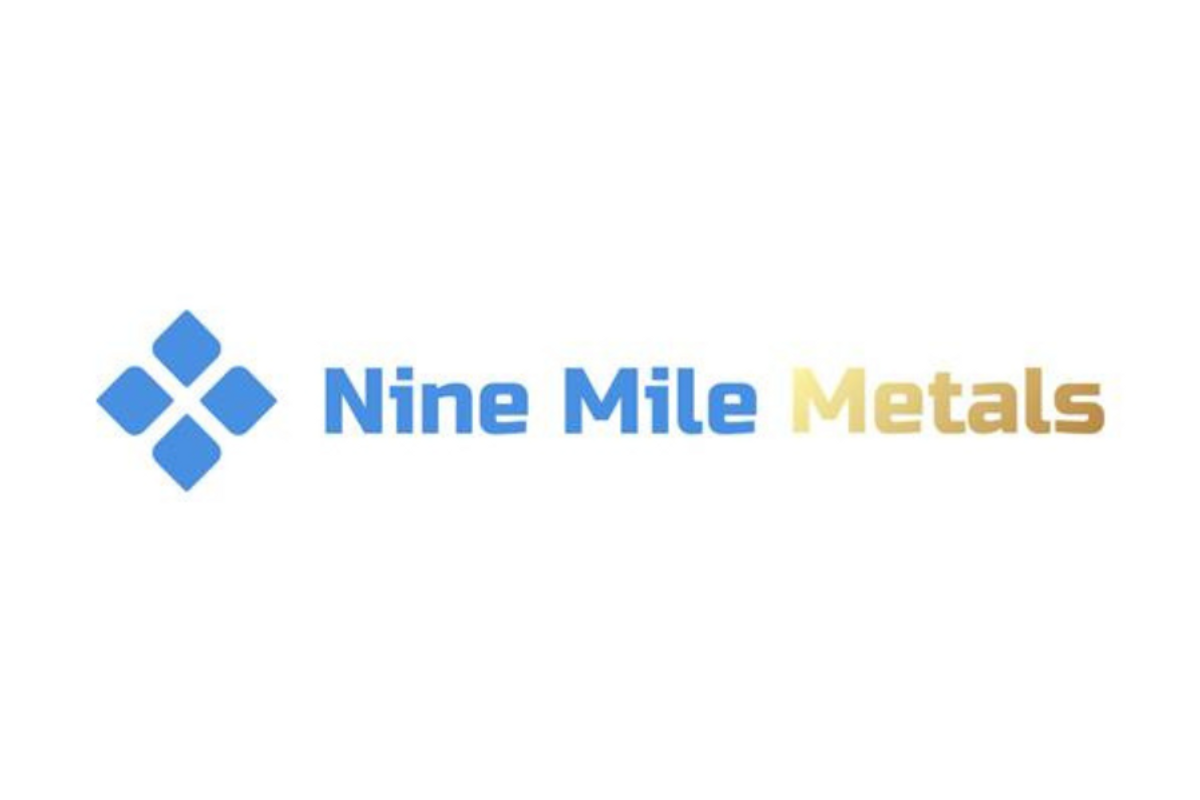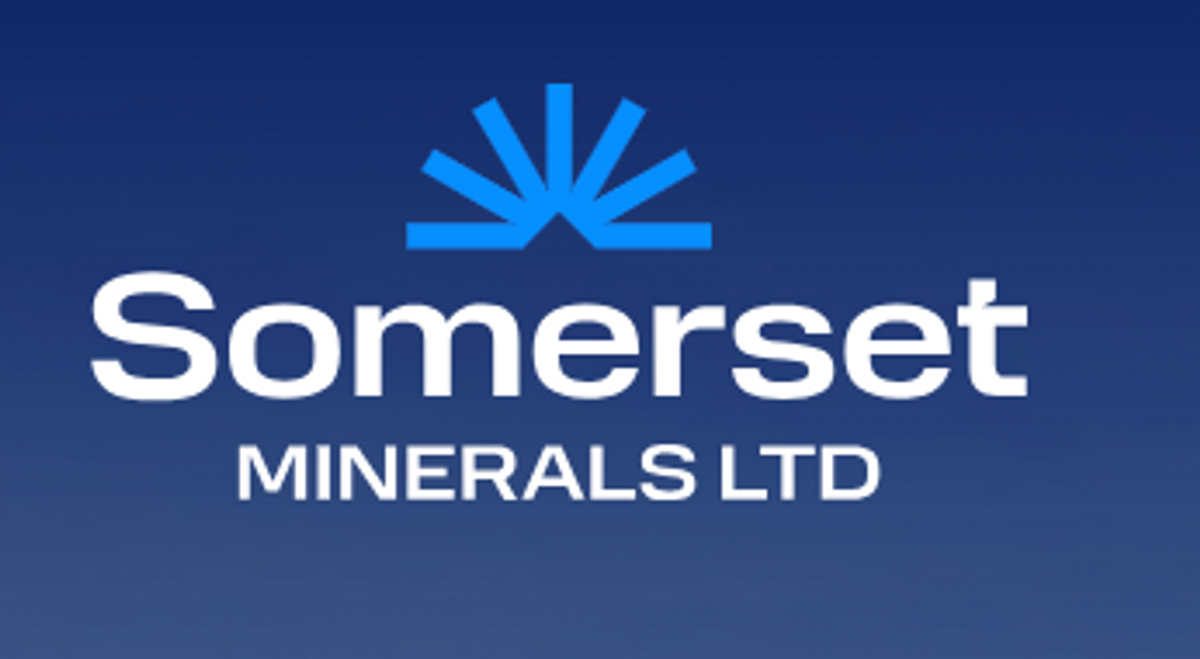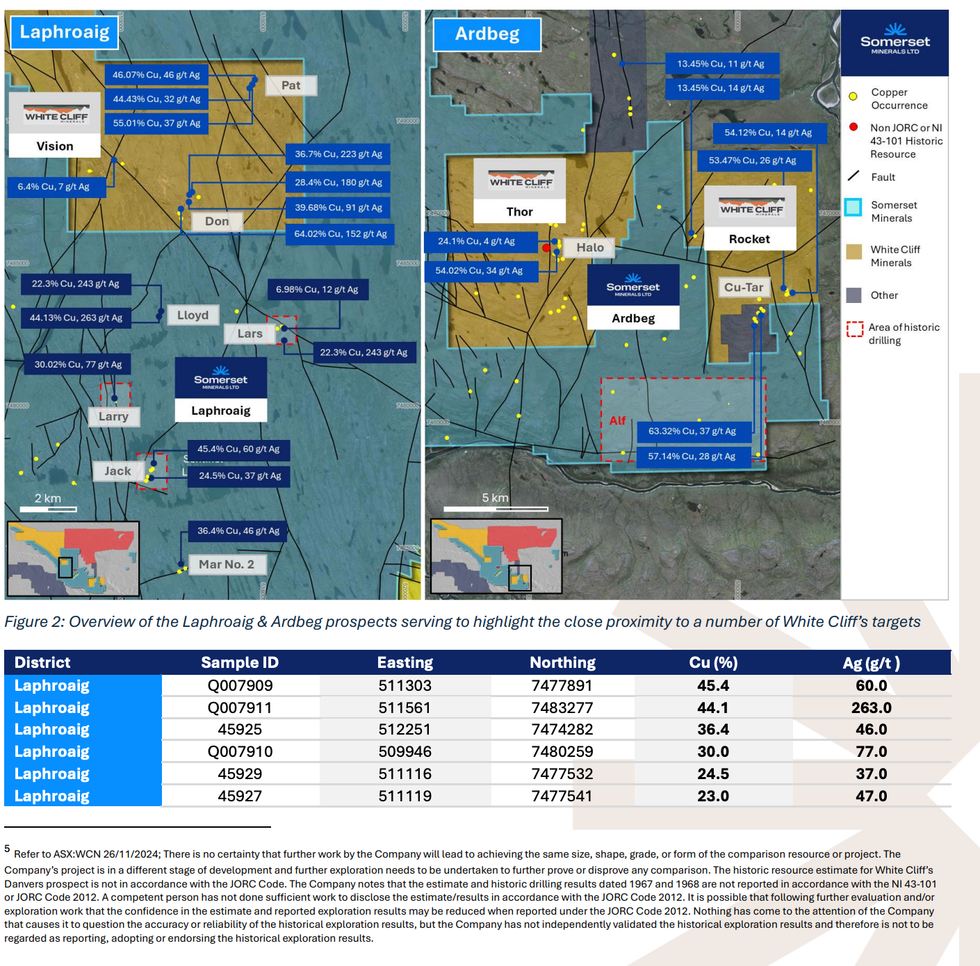TSX: LUN) (Nasdaq Stockholm: LUMI) Lundin Mining Corporation ("Lundin Mining" or the "Company") announces today it has signed a definitive agreement to sell its Neves-Corvo operation in Portugal and Zinkgruvan operation in Sweden to Boliden AB (OM: BOL) ("Boliden") for up to $1.52 billion in total consideration (the "Transaction"). Unless otherwise stated, all numbers are presented in United States dollars.
Under the terms of the agreement, Lundin Mining will receive upfront cash consideration of $1.37 billion upon closing, based on a cash-free and debt-free enterprise value of $1.3 billion as of an August 31, 2024 lock box date ("Lock-Box"). In addition, Lundin Mining will receive up to $150 million in contingent cash consideration upon satisfaction of certain conditions outlined below. The Transaction is not subject to shareholder approval or any financing conditions.
The proceeds from the Transaction will strengthen the Company's balance sheet and support its growth plans in the Vicuña District.
Jack Lundin , President and CEO, commented "Neves-Corvo and Zinkgruvan have played a significant role in catalyzing the Company to become a multi-asset base metals producer of global scale. I want to thank the teams for their dedication and hard work over the years; the Company would not be where it is today without these two long-life mining operations. We believe these operations will be an excellent strategic fit under Boliden's operatorship, and the employees and local stakeholders will benefit from the new ownership and highly experienced management team.
"The sale will further strengthen our balance sheet to support the Company's growing portfolio in South America and enable management to concentrate our focus in an area which will provide the greatest long-term value for our shareholders. It is an opportune time to optimize our portfolio through this divestiture as we drive towards becoming a top-tier copper-dominant mining company."
Transaction Summary
Boliden has agreed to acquire 100% of the shares of Somincor–Sociedade Mineira de Neves-Corvo, S.A. ("Neves-Corvo") and 100% of the shares of each of Zinkgruvan Mining Aktiebolag and North Atlantic Natural Resources Aktiebolag (together "Zinkgruvan") from subsidiaries of Lundin Mining for up to $1.52 billion in cash, consisting of $1.37 billion in upfront cash consideration at closing and up to $150 million in contingent consideration. Total consideration at closing may also be subject to other customary adjustments in the event of non-permitted leakage from the Lock-Box.
Upfront Consideration
The terms of the agreement incorporate a Lock-Box completion mechanism, with the purchase price based on a cash-free and debt-free enterprise value of $1.3 billion , and assuming a normalized level of working capital. Based on the Lock-Box financial statements as of August 31, 2024 , the upfront cash consideration to be paid at closing is $1.37 billion . The upfront cash consideration will also accrue interest at a 5% annual interest rate from August 31, 2024 to closing and is payable to the Company at closing.
Neves-Corvo Contingent Payment
Up to $100 million in contingent payments at Neves-Corvo is tied to underlying copper and zinc prices ("Neves-Corvo Contingent Payment"). Boliden will pay Lundin Mining 60% of the incremental revenue realized in each of the three calendar years between 2025 and 2027 where the average realized price on a semi-annual calendar period exceeds $4.50 /lb copper and/or $1.30 /lb zinc as per the London Metal Exchange ("LME") reference prices. Incremental revenue is calculated using total payable sales volumes of copper and/or zinc for the semi-annual calendar period and tax affected using Portugal's current corporate income tax rate.
Zinkgruvan Contingent Payment
Up to $50 million in contingent payments at Zinkgruvan is tied to underlying zinc prices ("Zinkgruvan Contingent Payment"). Boliden will pay Lundin 50% of the incremental revenue realized in each of the two calendar years between 2025 and 2026 where the average realized zinc price on an annual calendar year exceeds US$1.40 /lb zinc, as per the LME reference prices, provided a minimum annual production of 135 million pounds of payable zinc is achieved. Incremental revenue is calculated using total payable sales volumes of zinc for an annual calendar year period and tax affected using Sweden's current corporate income tax rate. The Zinkgruvan Contingent Payment is subject to a maximum payout of $25 million per calendar year.
Indicative Timeline
The Transaction is anticipated to close in mid-2025, subject to the completion of customary conditions and regulatory approvals, including but not limited to merger control approvals by the EU Commission and approval of the Swedish Inspectorate of Strategic Products under the Swedish FDI Act, and the change of control approval by the Portuguese Directorate-General for Energy and Geology ( Direção-Geral de Energia e Geologia ) under the Neves-Corvo Concession Contract.
About Lundin Mining
Lundin Mining is a diversified Canadian base metals mining company with operations or projects in Argentina , Brazil , Chile , Portugal , Sweden and the United States of America , primarily producing copper, zinc, gold and nickel.
The information in this news release is information that Lundin Mining is required to make public under the EU Market Abuse Regulation. The information was submitted for publication, through the agency of the contact persons set out below on December 9, 2024 at 1:00 am EST .
Cautionary Statement on Forward-Looking Information
Certain of the statements made and information contained herein are "forward-looking information" within the meaning of applicable Canadian securities laws. All statements other than statements of historical facts included in this document constitute forward-looking information, including but not limited to statements regarding the Company's plans, prospects and business strategies; the completion of the Transaction and the timing thereof; the conditions to close the Transaction; the terms of the contingent payments and expectations related thereto; the expectations for Boliden as a strategic fit and the benefits expected for stakeholders; the expected benefits of the Transaction for the Company, including the expectation to strengthen the Company's balance sheet and support its growth plans in the Vicuna District; the realization of prospects in the Vicuña district; the identification of additional value creation opportunities; the Company's guidance on the timing and amount of future production and its expectations regarding the results of operations; expected costs; permitting requirements and timelines; anticipated exploration and development activities at the Company's projects; expansion projects and the realization of additional value; the Company's integration of acquisitions and expansions and any anticipated benefits thereof; the Company's ability to become a top tier copper producer; and expectations for other economic, business, and/or competitive factors. Words such as "believe", "expect", "anticipate", "contemplate", "target", "plan", "goal", "aim", "intend", "continue", "budget", "estimate", "may", "will", "can", "could", "should", "schedule" and similar expressions identify forward-looking information.
Forward-looking information is necessarily based upon various estimates and assumptions including, without limitation, the expectations and beliefs of management, including that the Company can access financing, appropriate equipment and sufficient labour; assumed and future price of copper, zinc, nickel, gold and other metals; anticipated costs; that the conditions to close the Transaction will be satisfied; the ability to achieve goals and identify and realize opportunities; that the political environment in which the Company operates will continue to support the development and operation of mining projects; and assumptions related to the factors set forth below. While these factors and assumptions are considered reasonable by Lundin Mining as at the date of this document in light of management's experience and perception of current conditions and expected developments, these statements are inherently subject to significant business, economic and competitive uncertainties and contingencies. Known and unknown factors could cause actual results to differ materially from those projected in the forward-looking information and undue reliance should not be placed on such information. Such factors include, but are not limited to: the failure to obtain required approvals for the Transaction; global financial conditions, market volatility and inflation, including pricing and availability of key supplies and services; risks inherent in mining including but not limited to risks to the environment, industrial accidents, catastrophic equipment failures, unusual or unexpected geological formations or unstable ground conditions, and natural phenomena such as earthquakes, flooding or unusually severe weather; uninsurable risks; volatility and fluctuations in metal and commodity demand and prices; significant reliance on assets in Chile ; reputation risks related to negative publicity with respect to the Company or the mining industry in general; delays or the inability to obtain, retain or comply with permits; risks relating to the development of the Josemaria Project; health and safety laws and regulations; risks associated with climate change; risks relating to indebtedness; economic, political and social instability and mining regime changes in the Company's operating jurisdictions, including but not limited to those related to permitting and approvals, nationalization or expropriation without fair compensation, environmental and tailings management, labour, trade relations, and transportation; inability to attract and retain highly skilled employees; risks inherent in and/or associated with operating in foreign countries and emerging markets, including with respect to foreign exchange and capital controls; project financing risks, liquidity risks and limited financial resources; health and safety risks; compliance with environmental, unavailable or inaccessible infrastructure, infrastructure failures, and risks related to ageing infrastructure; changing taxation regimes; the inability to effectively compete in the industry; risks associated with acquisitions partnerships; expansions and related integration efforts, including the ability to achieve anticipated benefits, unanticipated difficulties or expenditures relating to integration and diversion of management time on integration; risks related to mine closure activities, reclamation obligations, environmental liabilities and closed and historical sites; reliance on key personnel and reporting and oversight systems, as well as third parties and consultants in foreign jurisdictions; information technology and cybersecurity risks; risks associated with the estimation of Mineral Resources and Mineral Reserves and the geology, grade and continuity of mineral deposits including but not limited to models relating thereto; actual ore mined and/or metal recoveries varying from Mineral Resource and Mineral Reserve estimates, estimates of grade, tonnage, dilution, mine plans and metallurgical and other characteristics; ore processing efficiency; community and stakeholder opposition; regulatory investigations, enforcement, sanctions and/or related or other litigation; financial projections, including estimates of future expenditures and cash costs, and estimates of future production may not be reliable; enforcing legal rights in foreign jurisdictions; risks associated with the use of derivatives; risks relating to joint ventures and operations; environmental and regulatory risks associated with the structural stability of waste rock dumps or tailings storage facilities; exchange rate fluctuations; compliance with foreign laws; potential for the allegation of fraud and corruption involving the Company, its customers, suppliers or employees, or the allegation of improper or discriminatory employment practices, or human rights violations; risks relating to dilution; risks relating to payment of dividends; counterparty and customer concentration risks; activist shareholders and proxy solicitation matters; estimation of asset carrying values; relationships with employees and contractors, and the potential for and effects of labour disputes or other unanticipated difficulties with or shortages of labour or interruptions in production; conflicts of interest; existence of significant shareholders; challenges or defects in title; internal controls; risks relating to minor elements contained in concentrate products; the threat associated with outbreaks of viruses and infectious diseases; mining rates and rehabilitation projects; mill shut downs; and other risks and uncertainties, including but not limited to those described in the " Risks and Uncertainties" section of the Company's MD&A for the three months ended March 31, 2024 and the "Risks and Uncertainties" section of the Company's Annual Information Form for the year ended December 31, 2023 , which are available on SEDAR+ at www.sedarplus.com under the Company's profile.
All of the forward-looking information in this document are qualified by these cautionary statements. Although the Company has attempted to identify important factors that could cause actual results to differ materially from those contained in forward-looking information, there may be other factors that cause results not to be as anticipated, estimated, forecasted or intended and readers are cautioned that the foregoing list is not exhaustive of all factors and assumptions which may have been used. Should one or more of these risks and uncertainties materialize, or should underlying assumptions prove incorrect, actual results may vary materially from those described in forward-looking information. Accordingly, there can be no assurance that forward-looking information will prove to be accurate and forward-looking information is not a guarantee of future performance. Readers are advised not to place undue reliance on forward-looking information. The forward-looking information contained herein speaks only as of the date of this document. The Company disclaims any intention or obligation to update or revise forward – looking information or to explain any material difference between such and subsequent actual events, except as required by applicable law.
SOURCE Lundin Mining Corporation

![]() View original content to download multimedia: http://www.newswire.ca/en/releases/archive/December2024/09/c6844.html
View original content to download multimedia: http://www.newswire.ca/en/releases/archive/December2024/09/c6844.html








